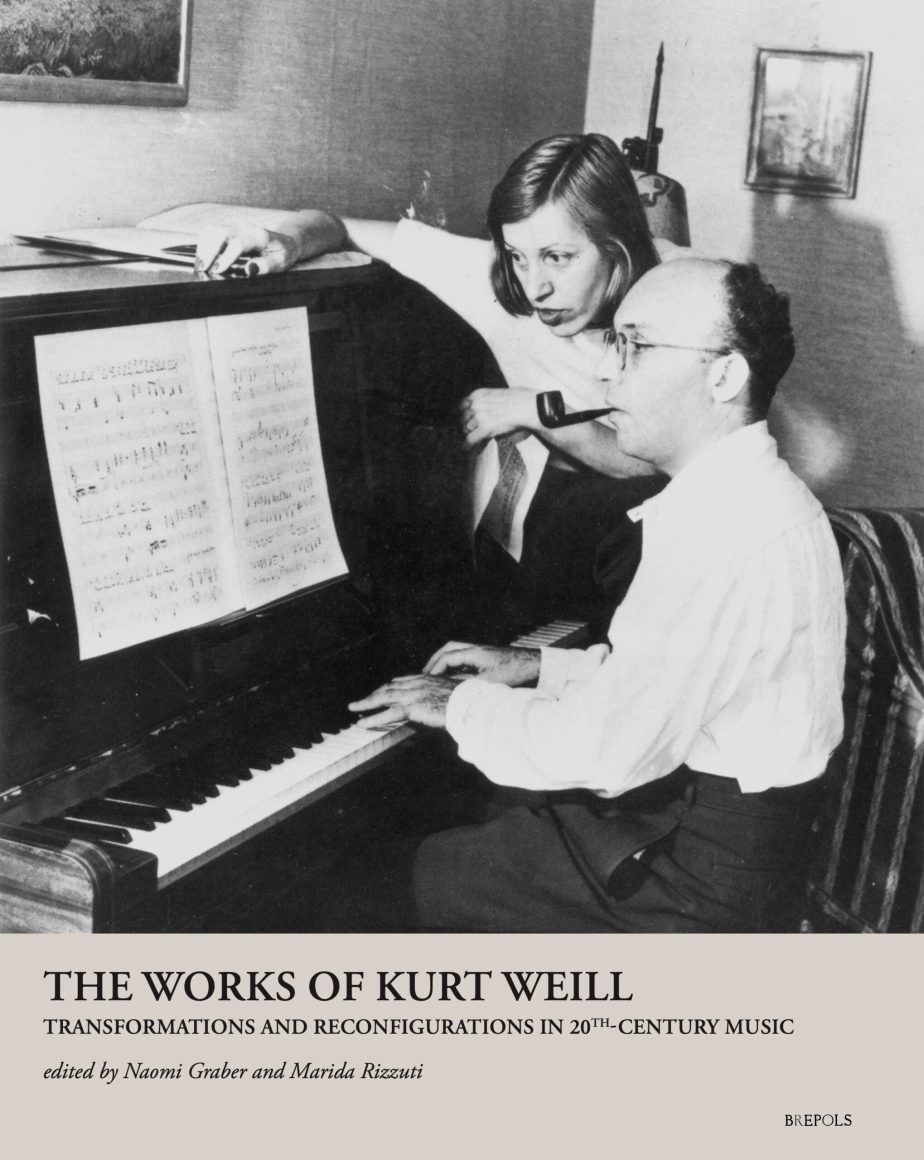
In a well-known interview with Lotte Eisner titled Musikalische Illustration oder Filmmusik?, Kurt Weill declared his personal program of emancipation of film music from the age-old principle of ‘illustration’, that is, the subordinate role of the musical component to dramatic action. The accompanying music – he claimed – should not simply illustrate the events that take place onstage, but should have a “purely musical shaping”, a formal and structural integrity of its own.
After this reflection, he strongly criticized Edmund Meisel’s principle of Lautbarmachung: this idea of ‘acoustic manifestation of reality’, which had informed Meisel’s score for Potemkin (1926), would have never been able to provide “a solution to the problem of film music”. On the contrary, according to Weill this long-awaited solution was to be achieved through an “objective, almost concertante film music”. In film, just like in drama, music should be an independent component that stands in a dialectical relationship with the staged events, instead of sedulously illustrating them. Through this ‘concertante’ quality, music can become an essential part of the ‘epic attitude’ of the artwork. Through the tension that it establishes with the action or the visual sphere—for instance by providing an antiphrastic counterpoint to it, or by interrupting its flow—music unmasks the illusion of realism of the narrative fiction. ‘Concertante music’ prevents spectators from passively identifying with fiction, instead pushing them to actively search for nuances of meaning that hide behind outer behaviors.
The principle of ‘concertante music’ was widely applied not only in Weill’s musical theater, from the music for Dreigroschenoper to the opera buffa Aufstieg und Fall der Stadt Mahagonny, but also in many scores for cinema of the early 1930s-Germany by art-music composers and film-music specialists such as Paul Dessau, Hanns Eisler, Walter Gronostay and Weill himself. A thorough analysis of audiovisual montage casts light on a variety of dramaturgic choices, from dramaturgical counterpoint to horizontal collage, all of which share two basic features: the preservation of some degree of formal coherence for the musical component and the tendency to treat music and sound like any other montage material.
Overcoming any slavish illustration of the narrated events in favor of a type of music that is able to establish a dialectical tension with the stage events, and constitutes an autonomous text with its own formal coherence and semantic density, is the most important legacy cinema received from Weill’s principle of ‘concertante music’.
Francesco Finocchiaro, Kurt Weill and the Principle of ‘Concertante Music’, in The Works of Kurt Weill: Transformations and Reconfigurations in 20th-Century Music, edited by Naomi Graber and Marida Rizzuti, Turnhout, Brepols, 2023, pp. 21–36.
